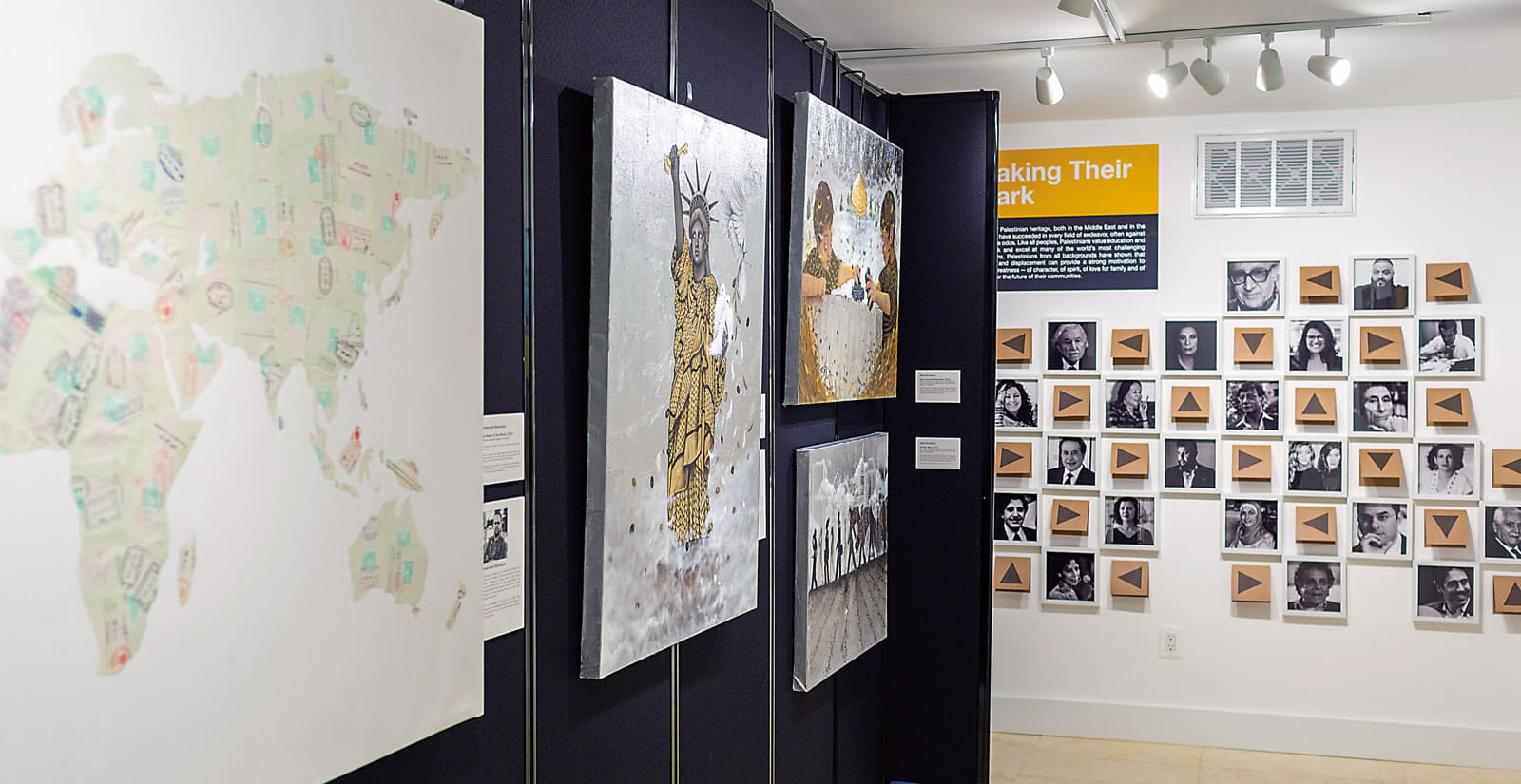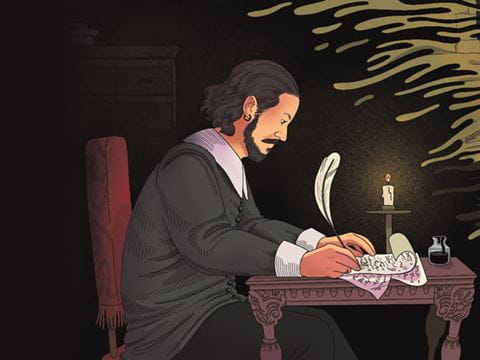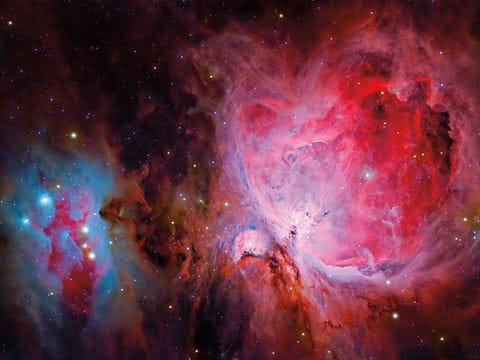
Washington’s Museum of Palestine
What started as a traveling exhibit of history, culture and art opened this year as one of the newest museums in Washington, dc, in a former residence in the Adams Morgan neighborhood.

One of the newest cultural attractions of Washington, dc, the mpp is home to dozens of cultural items collected and donated from around the globe. Together they tell a story of a diaspora and the determination and pride of Palestinian culture scattered across nearly every country in the world.
Located along 18th Street in the eclectic and fashionable Adams Morgan neighborhood, the mpp’s neighbors offer a similarly global mix of food, music and art.
Businessman Bshara Nassar, 31 and a native of Bethlehem, came up with the idea for the mpp shortly after moving to the capital in 2011.

“I was really astonished by all the museums, memorials and monuments here. So many immigrants have come to Washington and built institutions that would tell their stories,” says Nassar, who also serves as the mpp’s director. “But I could not find a museum or space that would share our story as Palestinians, so I started working on the idea and questioning what it would take.”
In June, Nassar opened the mpp to the public as one of only three museums in the world dedicated to the history and culture of an estimated 13 million Palestinian Arabs. The Palestinian Museum near Ramallah in the West Bank and the Palestine Museum us in Woodbridge, Connecticut, are the only other locations where comparable artifacts are on display.
To showcase the range of Palestinian artistic expression in addition to historical artifacts, Nassar invited donations from Palestinian artists around the world. Among those who contributed is mixed-media artist Ahmed Hmeedat, who grew up in Dheisheh, a refugee camp south of Bethlehem, and holds degrees in human rights and international law. Other artists include Manal Deeb, Mohammad Musallam, Dalia Elcharbini and Haya Zaatry, each of whom offer colorful, thoughtful interpretations of Palestinian culture.

Nassar says the mpp began with an exhibition in 2015 in Adams Morgan that featured photography, paintings, stories and videos of Palestinian life. A couple of weeks later, universities and churches throughout the us began asking about sponsorship.
It expanded, and it became a traveling exhibit that visited more than 50 locations across the us before returning—permanently—to the neighborhood where it debuted.
The mpp’s home is now a multistory brownstone at the corner of 18th and T streets. It was donated, Nasser says, by an anonymous us family who “really cares that Palestinians have a voice in Washington.” Other donors have contributed some $200,000, and Nassar is already considering expansion. “That’s our future goal.”
Nassar’s drive to share Palestinian heritage and narratives is both longstanding and a family concern. He earned a master’s degree in conflict transformation from Eastern Mennonite University, not far from dc. In 2014 he founded the Nakba Museum Project of Memory and Hope, which became another catalyst for the mpp.
The Nassar family runs an educational farm in Bethlehem called Tent of Nations, which aims to “build bridges between people, and between people and the land,” he says. It hosts volunteers and runs camps that teach land-and-soil-centered approaches to conflict resolution.

When visitors come to the mpp, they are greeted with traditional Palestinian designs and an interior in distinctive Jerusalem stone. The exhibits are in sections: “A Remarkable People,” “Nakba and the Diaspora,” “Occupation” and “A Resilient People” look at history. (Nakba is Arabic for disaster, and Palestinians use the word to mark the 1948 war that resulted in the flight and expulsion of some 700,000 Palestinians.) The final section, “Making Their Mark,” honors Palestinian scholars, historians, poets, entrepreneurs, feminists and comedians.
Ari Roth, founding artistic director of the nearby Mosaic Theatre Company and one of the mpp’s leading supporters, called it “a space for sowing seeds of transformed perception and empathic connection.”
Nassar hopes mpp will prove inspiring to new generations of Palestinians and others around the world.
“It’s hard for us to imagine a future that’s different from what we’re living right now,” he says. “So we want to challenge Palestinians and visitors to look at the future in a different way.”
About the Author

Eric Kayne
Photographer Eric Kayne is a native of San Antonio, Texas. He earned a Bachelor of Arts in studio art from the University of Texas at Austin and a Master of Arts in photography from Ohio University. He has worked for numerous publications including the Houston Chronicle. He lives in Washington, DC.
Larry Luxner
Larry Luxner is news editor of The Washington Diplomat and a freelance journalist and photographer.
You may also be interested in...

Spotlight on Photography: Drinking in Türkiye’s Coffee Culture
Arts

Stratford to Jordan: Shakespeare’s Echoes of the Arab World
Arts
History
Shakespeare’s works are woven into the cultural fabric of the Arab world, but so, too, were his plays shaped in part by Islamic storytelling traditions and political realities of his day.
Orion Through a 3D-Printed Telescope
Arts
With his homemade telescope, Astrophotographer Zubuyer Kaolin brings the Orion Nebula close to home.